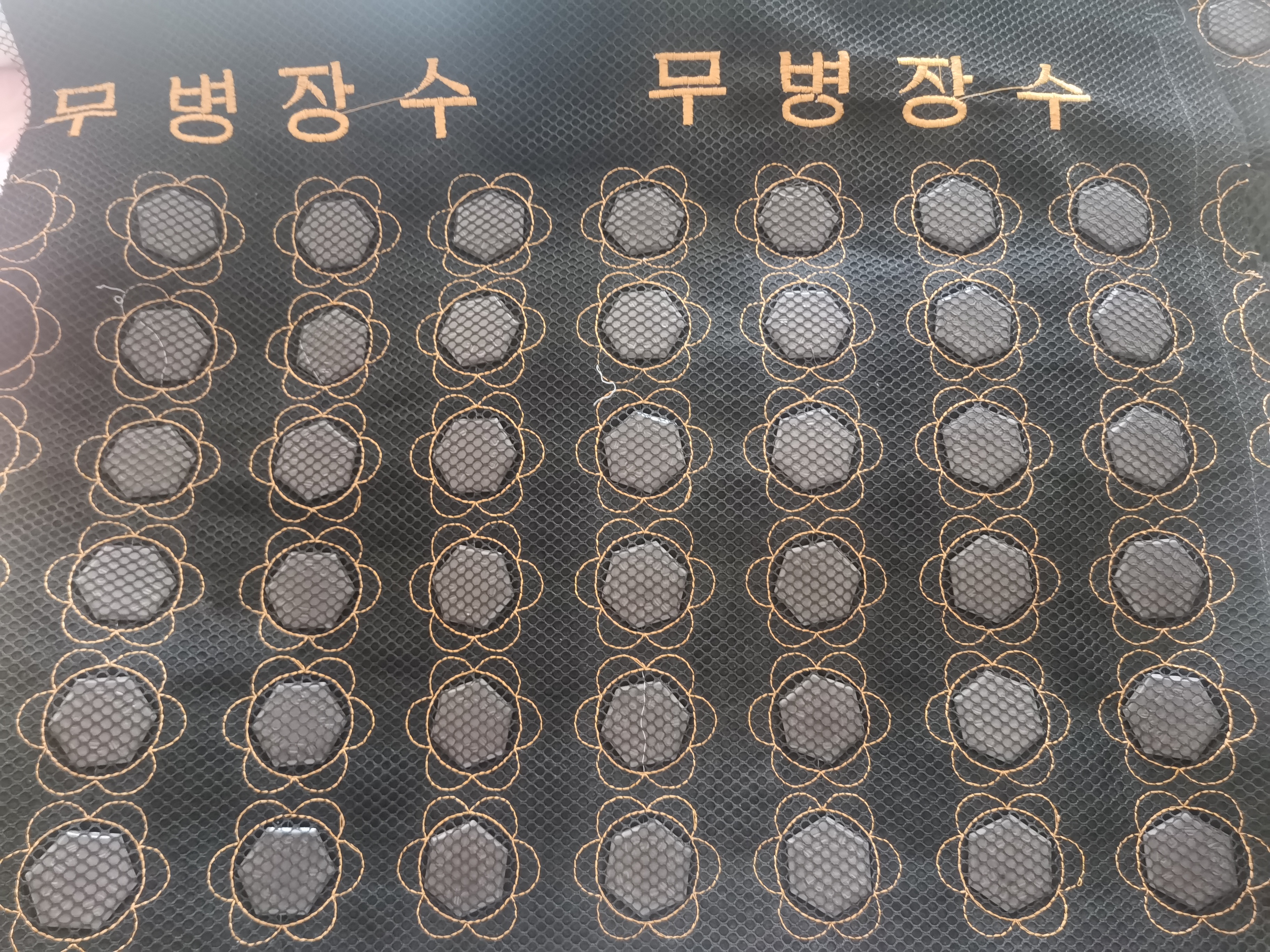
Saunas are places of relaxation and rejuvenation, but the materials used in saunas are constantly exposed to high humidity and heat, which can take a toll on their durability and appearance. To ensure the longevity of your sauna, it is essential to consider the following long-term maintenance tips.
When building or renovating a sauna, select materials that are specifically designed to withstand high humidity and heat. Woods like cedar and hemlock are popular choices as they are naturally resistant to decay and warping. Additionally, look for materials with good insulation properties to maintain the desired temperature and reduce energy consumption.
High humidity and heat create an environment where mold, mildew, and bacteria can thrive. Regular cleaning is crucial to prevent the buildup of these harmful substances. Use a mild detergent and warm water to wipe down the walls, benches, and floors of the sauna. Pay special attention to corners and crevices where moisture can accumulate. After cleaning, make sure to dry the sauna thoroughly to prevent moisture from lingering.
Proper ventilation is essential for maintaining the quality of sauna materials. Good ventilation helps to remove excess moisture and heat, reducing the risk of damage. Install ventilation fans or louvers to ensure a constant flow of fresh air. This will not only prolong the life of your sauna materials but also create a more comfortable and healthy environment for users.
Regularly inspect your sauna for signs of damage such as cracks, warping, or discoloration. Address any issues promptly to prevent further deterioration. Small cracks can be repaired with wood filler, while more extensive damage may require professional assistance.
To protect sauna materials from excessive moisture, consider using a moisture barrier. This can be in the form of a waterproof membrane or sealant applied to the walls and floors. Additionally, keep the sauna door closed when not in use to prevent moisture from entering from outside.
When cleaning or treating sauna materials, avoid using harsh chemicals or solvents. These can damage the finish and integrity of the materials. Stick to mild, natural cleaners and treatments that are safe for use in high-humidity environments.
Depending on your climate, you may need to perform seasonal maintenance on your sauna. In colder months, make sure to insulate the sauna properly to prevent condensation from forming. In warmer months, increase ventilation to combat the effects of higher humidity.

